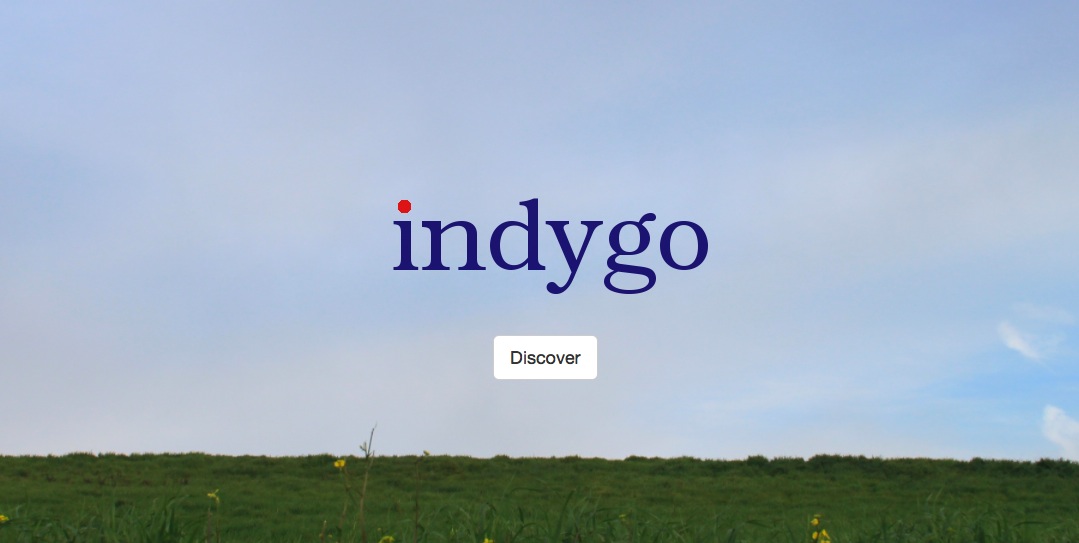I met Srinivas Yermal from Indygo. In the conversation he chronicled his journey as an entrepreneur in India.
Opportunity knocks from up-close
He happened to chance on an opportunity that started from his close network. His chartered accountant once asked if he could help build a practice management solution that would help maintain his growing business. Out came Papilio.
 Breaking the product
Breaking the product
As the first product grew legs with many features being added per customer needs Srini realized that the product could be split up into multiple products because several clients were asking for parts of the solution. So they ended up splitting the product into 3 parts to cover task management, invoicing and compliance management.
Understand customer acquisition – referrals are golden
The professional CA community is a tough market to penetrate. Through interactions Srini found that this community in the past has been burnt through bad software solutions implemented and hence the professionals are hesitant to invest in new systems. Cold calling almost never works here. In this situation customer acquisition is more solid through a process of referrals. Most of these referrals are not direct but subtle and happen in the course of direct interaction and networking within the professionals – such as peer auditing activities that connect 2 firms provide deeper exposure to product features than a sales call would have. Srini thought of building an active referral function into the product but realized that the implicit referrals are more effective than direct referrals that provide no material incentive to existing clients.
Customer partners can expand customer demographics
Srini mentioned that through his direct clients he was introduced to another demographic of potential clients, “Clients of their Clients”. Through his direct clients he was introduced to manufacturing units that become clients. Even the professional secretarial firms that service the core CA client community of Indygo became clients. Each of these client demographics had some different core needs but Indygo is able to service these varied needs.
Partnerships
Engaging partnerships are a good way to share and expand opportunities and product offering. However a word of caution when selecting partners that are either too small or too big as the difference in size could affect the goals. A large partner may not see significant value in an integration.
Summary of key takeaways
- Breaking up a product offering into smaller chunks could help in building up a larger manageable portfolio. It may also help in servicing different client demographics.
- Deep insight into customer perspectives can help build products & features that solve the need and avoid feature bloat.
- Customer referrals esp. implicit referrals that can expose product capabilities more deeply than a cold sales call would go a long way to acquisition.
- Clients of customers can also be potential customers and enable a path to expanding the market.
- Partnerships are best when there is common need for additional value at both ends.

